10 design projects that prioritised sustainability at Milan design week 2019
April 16, 2019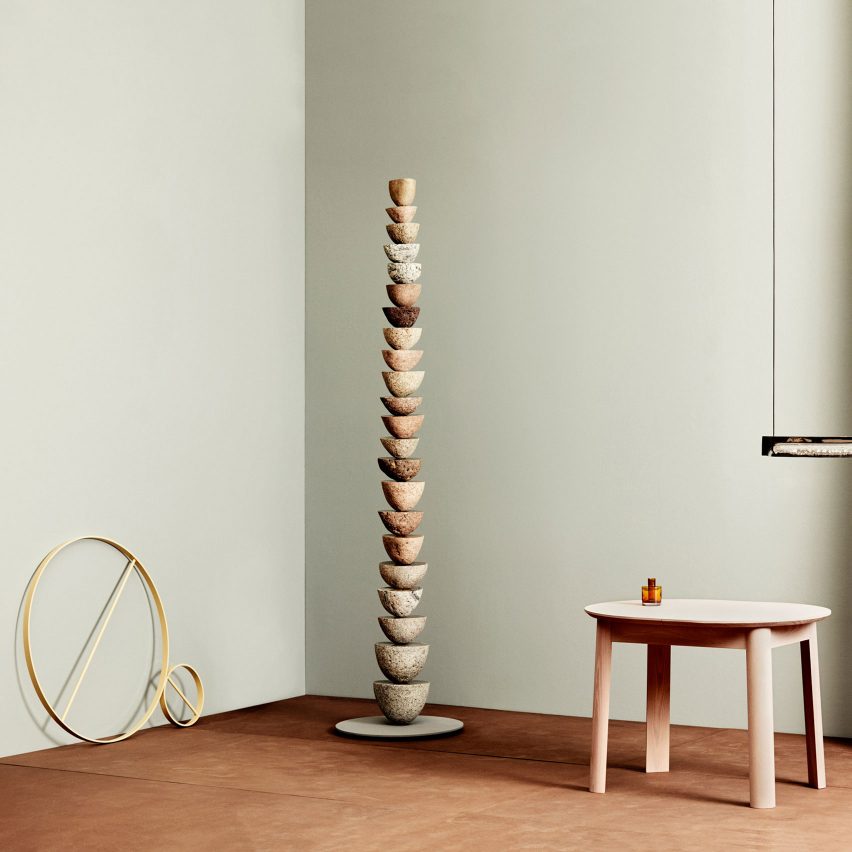
This year, sustainable design finally went mainstream at Milan design week. Here is Dezeen's pick of the 10 best projects and shows that tackled environmental issues.
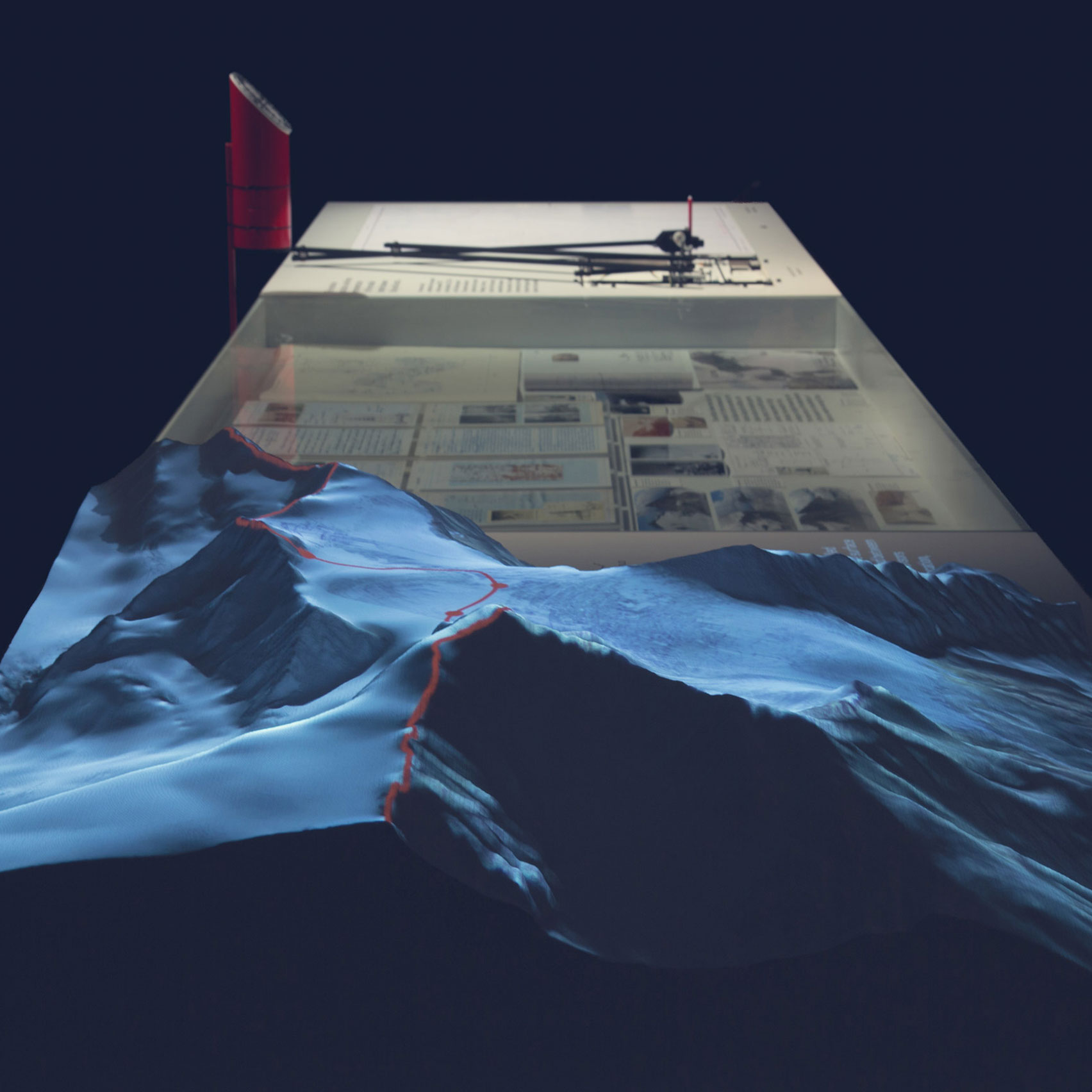
Broken Nature: Design Takes on Human Survival by Paola Antonelli
Paola Antonelli has brought together 120 architecture and design projects from the last 30 years for her Milan Triennale exhibition, Broken Nature: Design Takes on Human Survival, which aims to explore humankind's fractured relationship with the planet.
By showcasing projects such as Italian Limes, which looks at shifting national borders as ice melts in the Alps, Antonelli hopes to make people aware of the "crisis in our humanity" and encourage us to make the most of the time we have left on the planet.
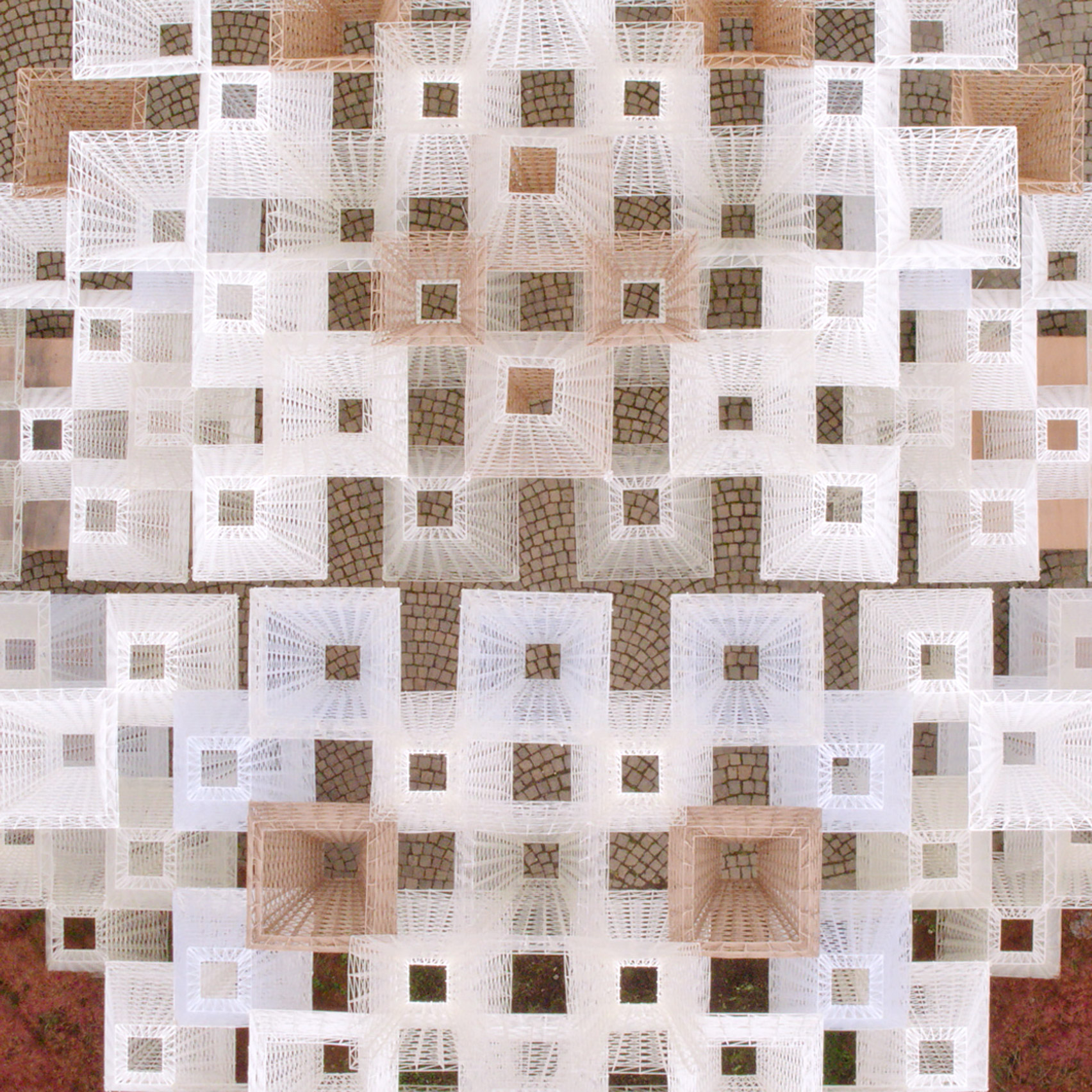
Conifera by Arthur Mamou-Mani x COS
French architect Arthur Mamou-Mani demonstrated his investment in circular design at Milan this year with his Conifera installation designed for fashion brand COS, which was created using only sustainable materials.
Installed in the courtyard of Palazzo Litta, the large-scale parametric structure was constructed from 700 bio-bricks, each printed in a mixture of polylactic acid (PLA) – a fully compostable bioplastic that is made using renewable resources – and wood, and fixed together using PLA cable ties.
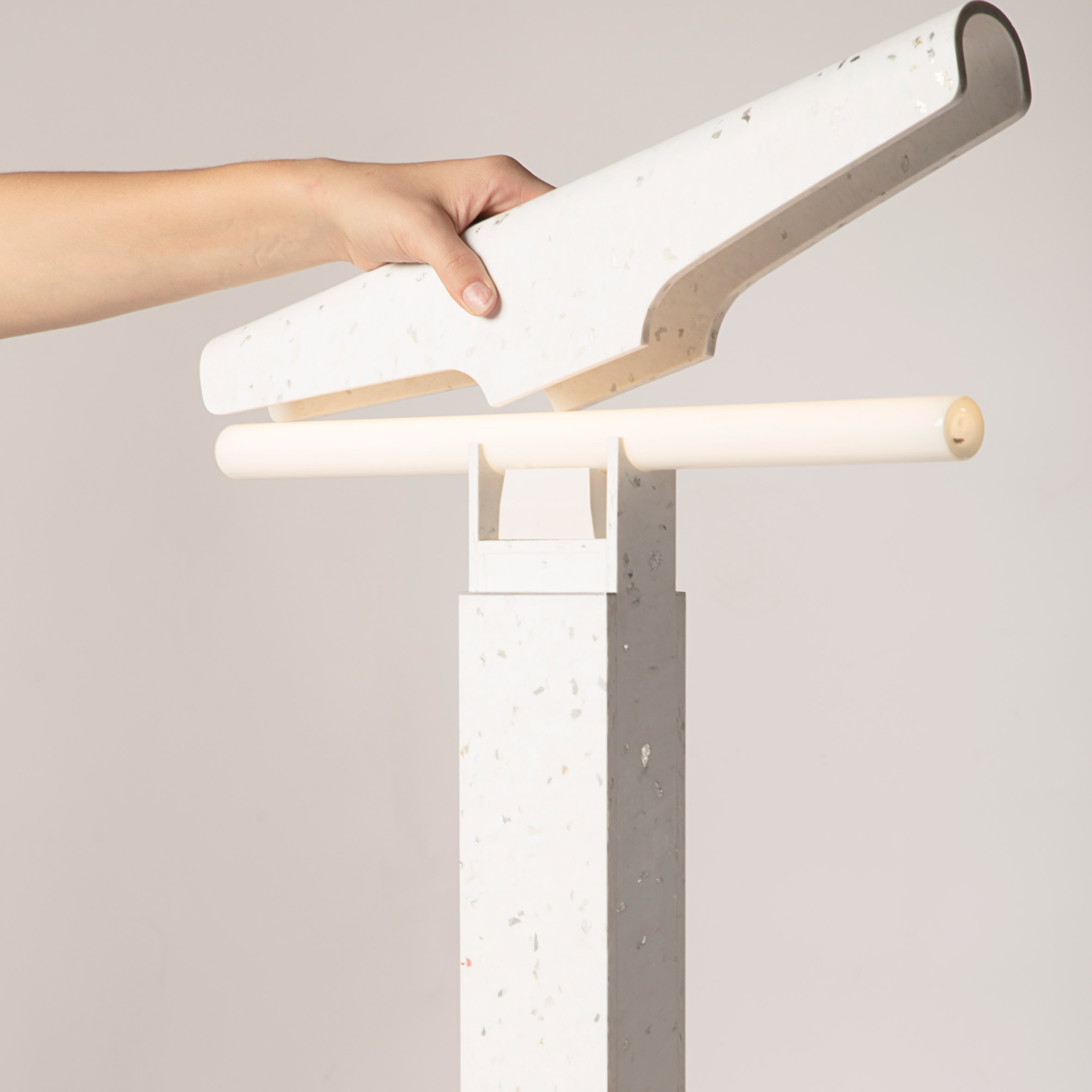
Ro Plastic Prize by Rossana Orlandi
Rossana Orlandi challenged designers to develop new ways of recycling and reusing plastic in her Ro Plastic Prize competition, which was launched at this year's Milan design week as part of the gallerist's Guiltless Plastic initiative.
Among the chosen winners was German designer Alexander Schul, who designed a collection of furniture using sheets of recycled high-impact polystyrene, and Reform Studio who created a line of colourful textiles from reused plastic bags.
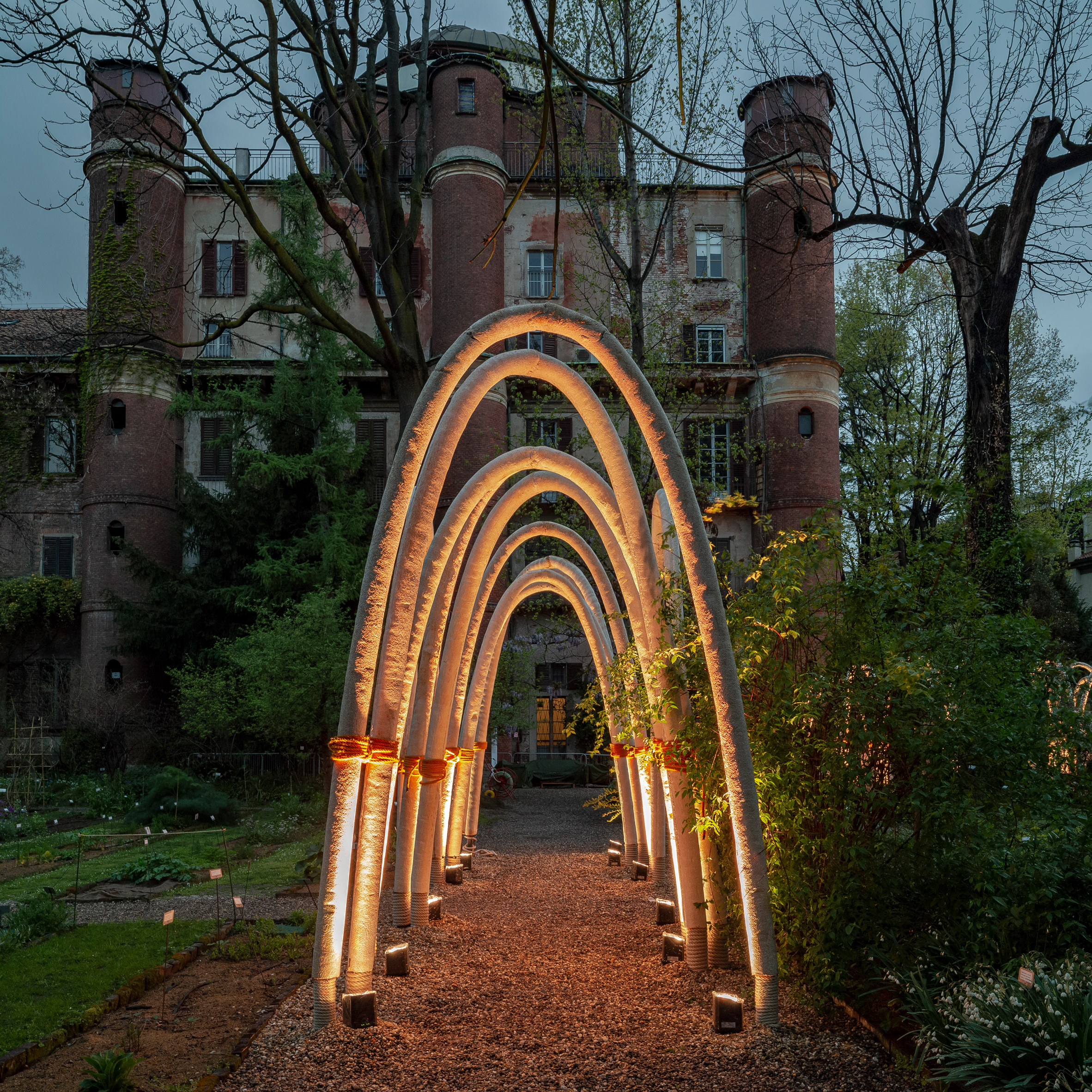
The Circular Garden by Carlo Ratti
In his quest to discover more responsive "living" architecture, Italian architect Carlo Ratti grew a series of arched structures from mycelium – the fibrous root of mushrooms – for an installation in Orto Botanico di Brera, a Milanese botanical garden.
The archways, which were grown organically "just like real mushrooms" over six weeks, will remain on view until 19 April before being shredded and returned to the earth as compost in a fully circular fashion.
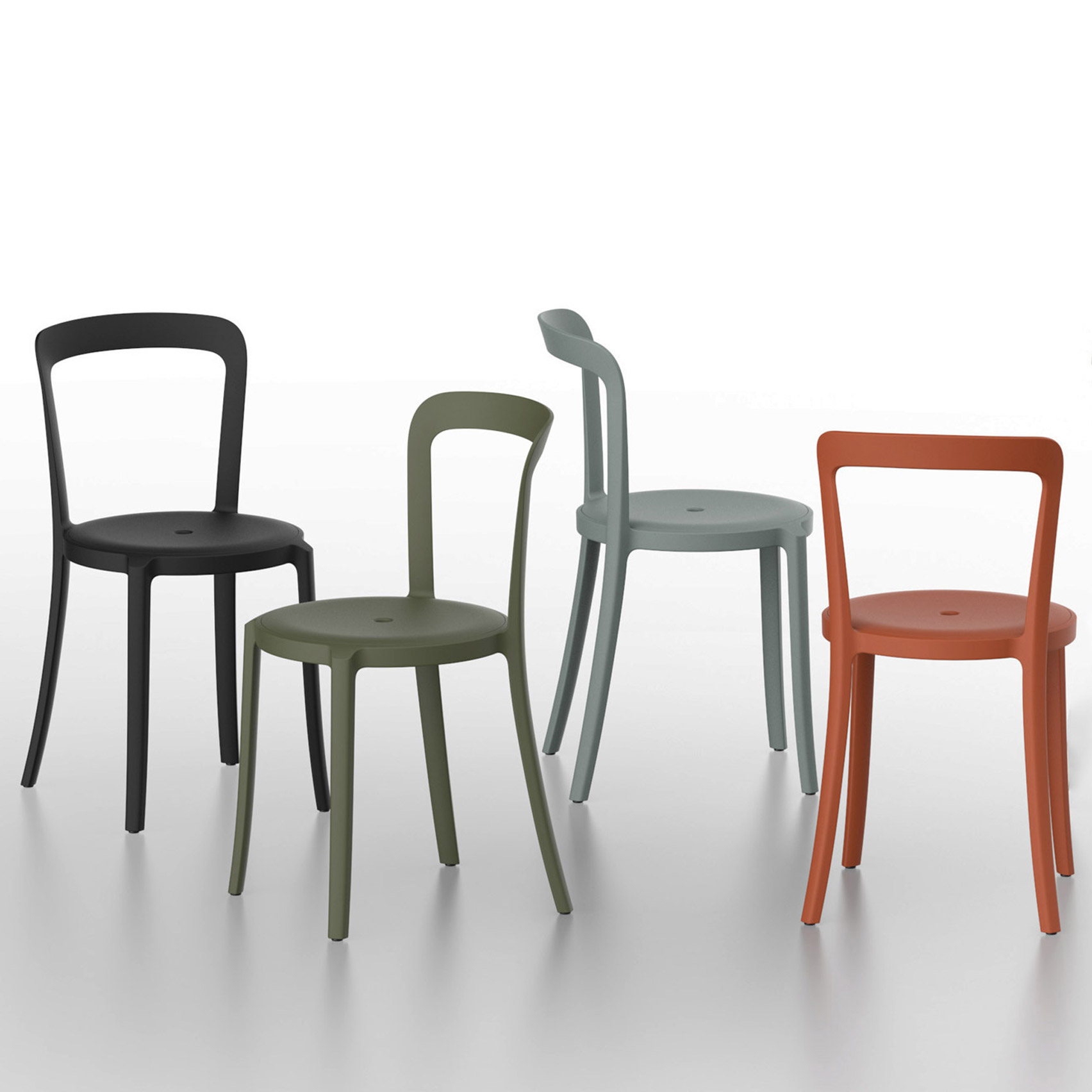
Emeco teamed up with London designers Barber & Osgerby to launch its On and On collection at this year's Salone del Mobile furniture fair. The seats can be endlessly recycled, demonstrating the brand's commitment to the circular economy.
Made from a mixture of recycled PET bottles and fibreglass, the collection comprises a stacking chair and two stools designed with a classic cafe aesthetic in mind, with round seats that allow for rotational stacking.
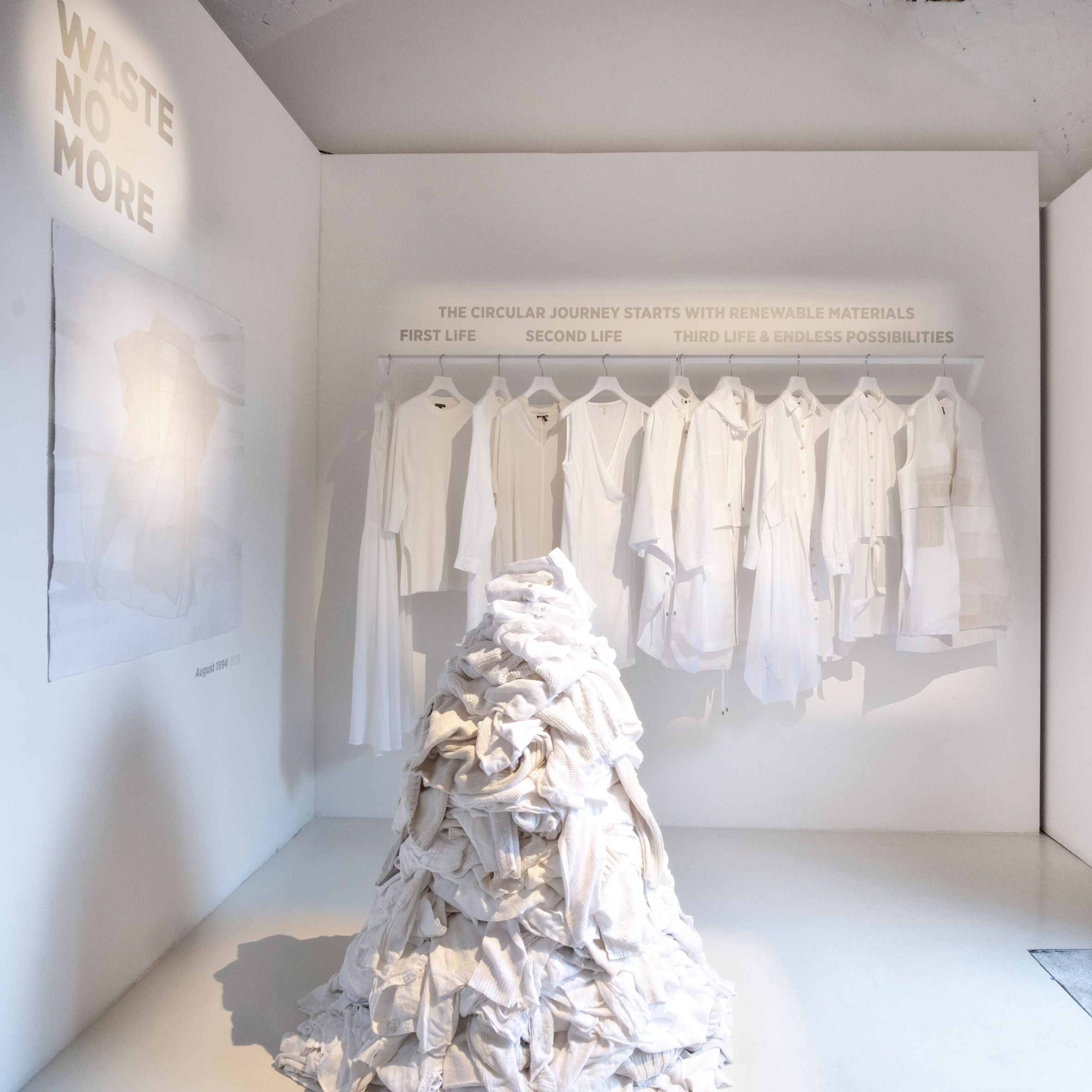
Waste No More by Eileen Fisher
Eileen Fisher's Waste No More installation aimed to confront visitors with the reality of society's overconsumption by repurposing garments and materials from the brand's own past collections to create a series of wall hangings, acoustic panels and decorative objects.
The brand teamed up with artist Sigi Ahl to create the zero-waste works, which were made using unique needle-punch felting techniques that require no water or dyeing. The exhibition was on show at Spazio Rossana Orlandi during the design week.
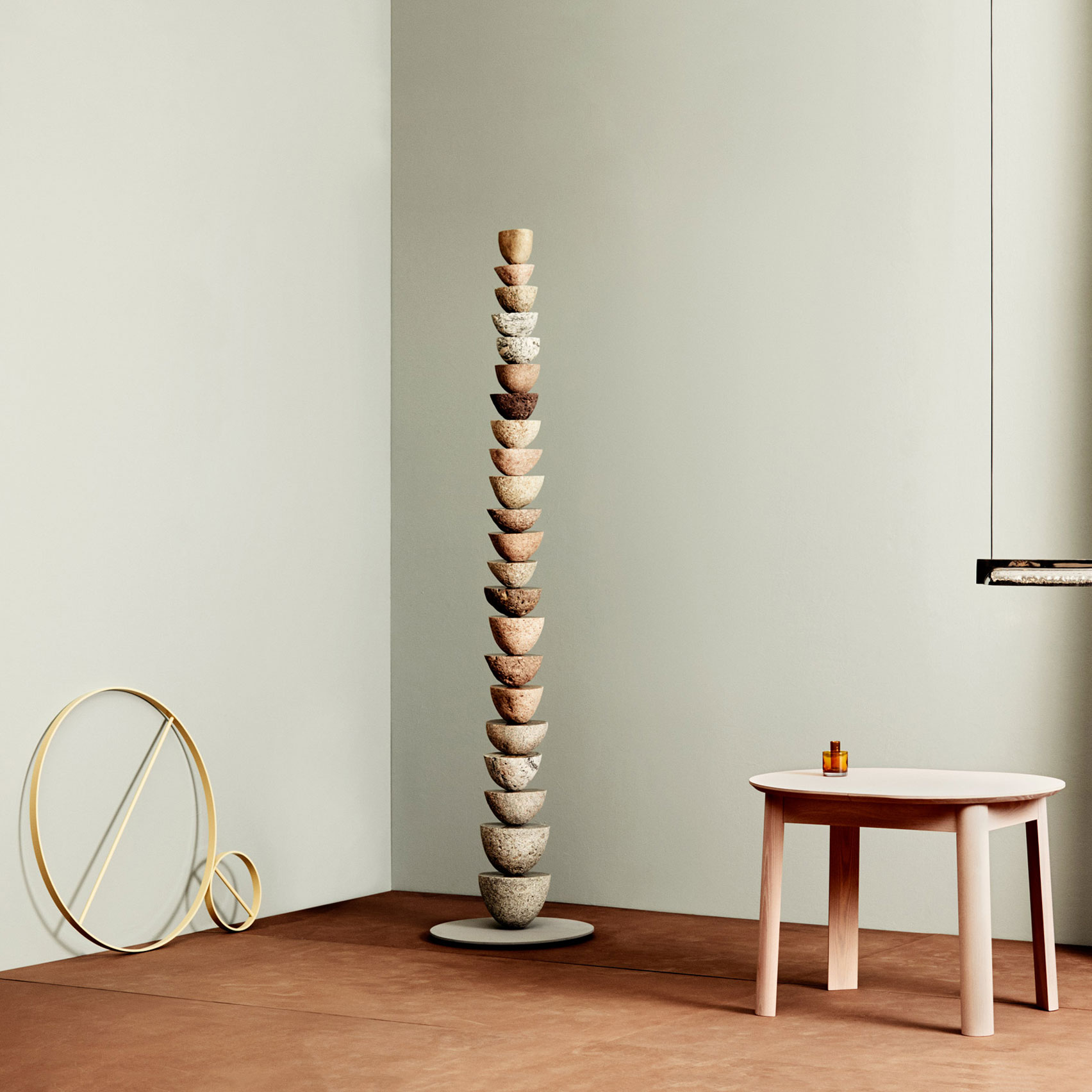
This year's Norwegian Presence exhibition in Zona Tortona showcased the work of 21 designers, alongside seven of Norway's leading manufacturers, with the aim of highlighting the economic and social dimensions of circular design.
Projects such as Tron Meyer's towering stack of split volcanic stones were displayed in an exhibition space constructed entirely from recyclable and reusable materials, allowing it to be dismantled and repurposed now that design week is over.
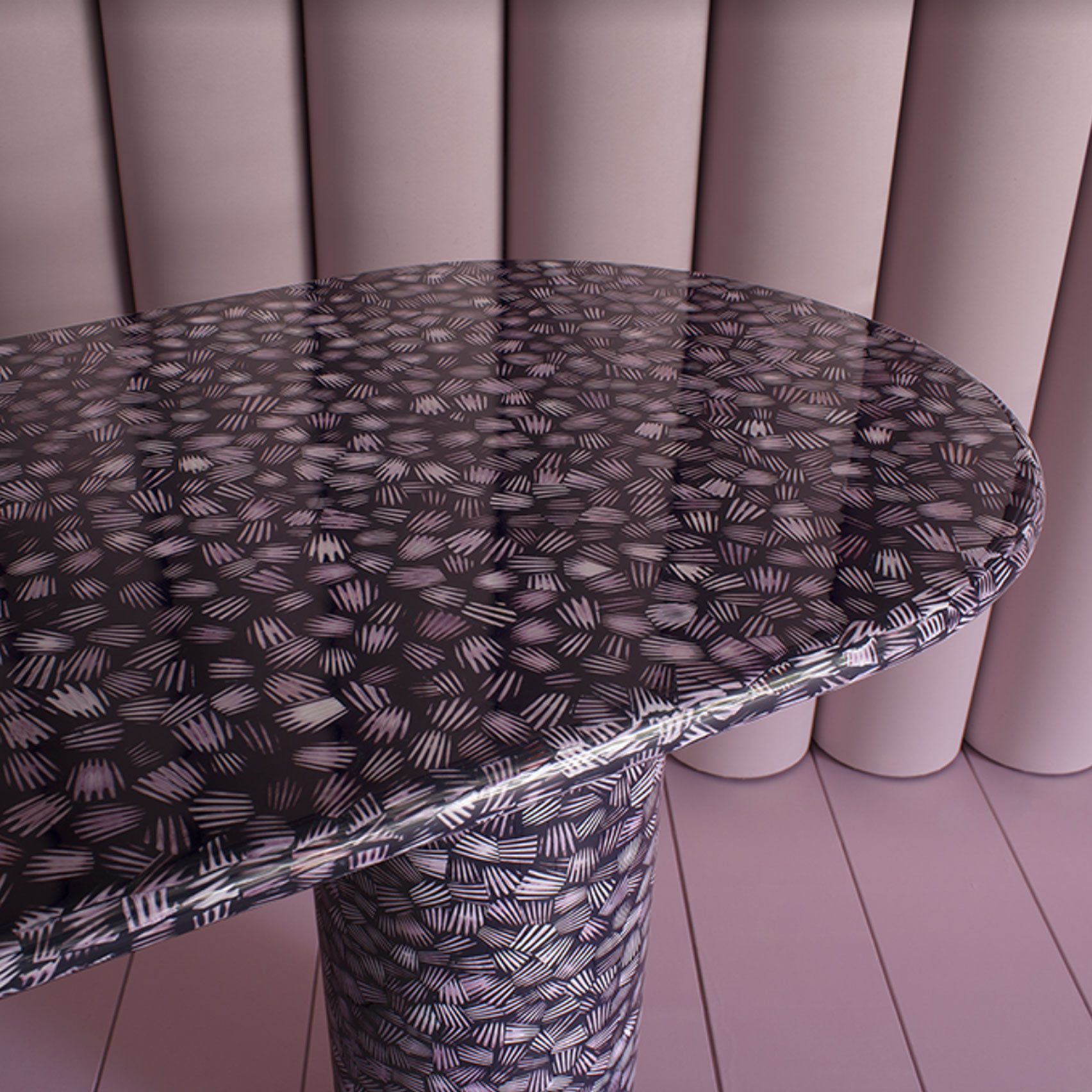
Exploring Eden by Bethan Gray and Nature Squared
British designer Bethan Gray collaborated with natural surface specialist Nature Squared to create a furniture collection from seashells and feathers left over from the fishing and meat industries, also on show at Spazio Rossana Orlandi.
The duo took advantage of the pearlescent and iridescent qualities of capiz shells, scallop shells and pen shells to create a series of patterned tables, stools, shelving units and lounge chairs, making use of materials that are normally treated as waste.
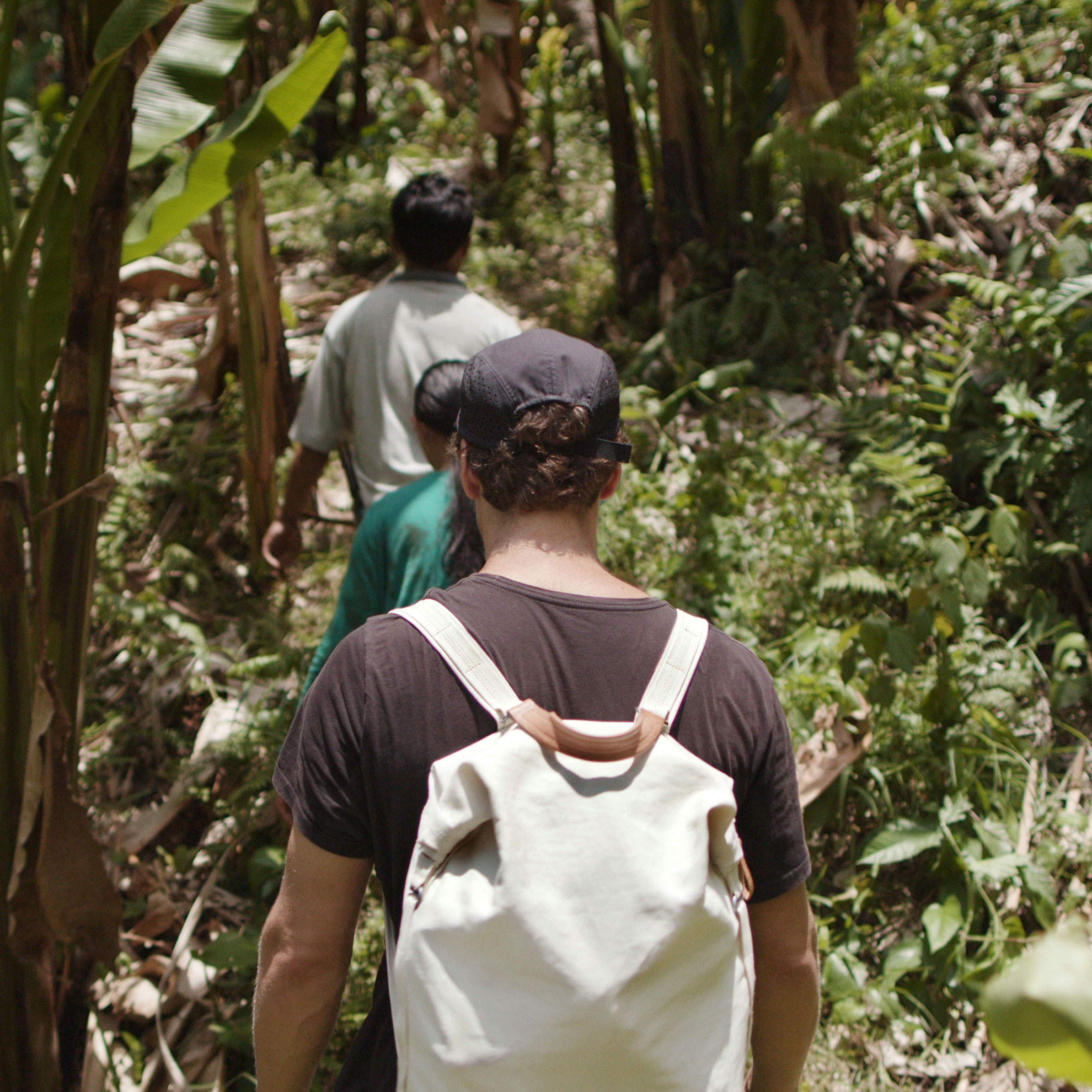
Bananatex by QWSTION
Swiss bag brand QWSTION collaborated with Taiwanese yarn and weaving specialists to create the "world's first" material made purely from banana plant fibres, which are organically cultivated in the highlands of the Philippines.
The material, called Bananatex, is not only waterproof and durable, but is also fully biodegradable. Its creators see it as an alternative to the technical plastic materials dominating the market for outdoor garments today. An exhibition highlighting the material was at Alcova's Via Popoli Uniti space through the week.
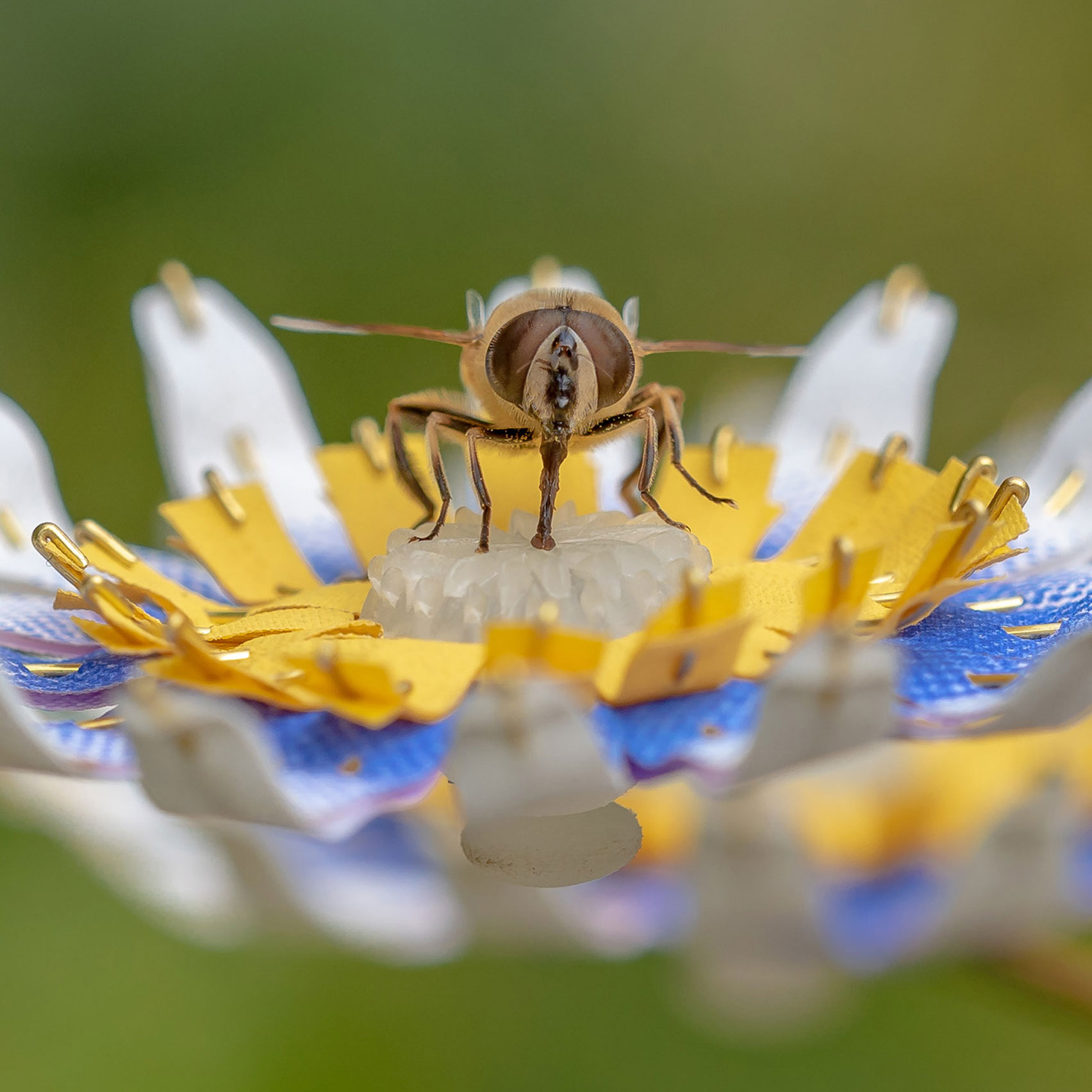
Liveable earth by Ventura Future
This year's edition of Ventura Future explored the topic of bio-design by tasking eight designers with showcasing their visions for a "liveable earth".
Matilde Boelhouwer's Food for Buzz project was included in the exhibition, which saw the Dutch designer create a set of artificial flowers that turn rain into sugar water, to serve as emergency food sources for city-dwelling insect pollinators.
The post 10 design projects that prioritised sustainability at Milan design week 2019 appeared first on Dezeen.
from Dezeen http://bit.ly/2KL3Dug
via IFTTT
0 comments